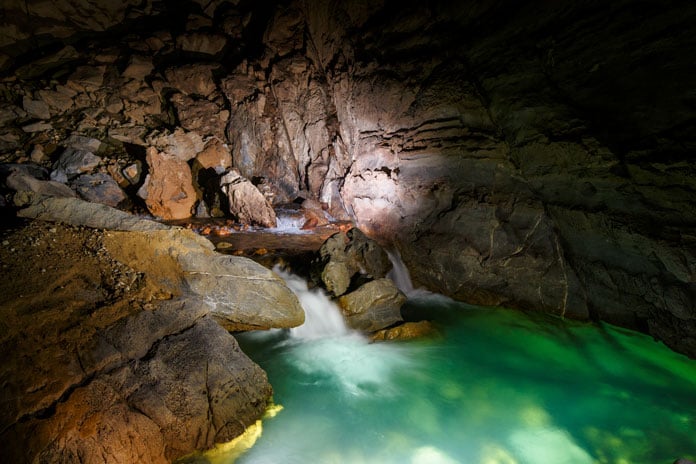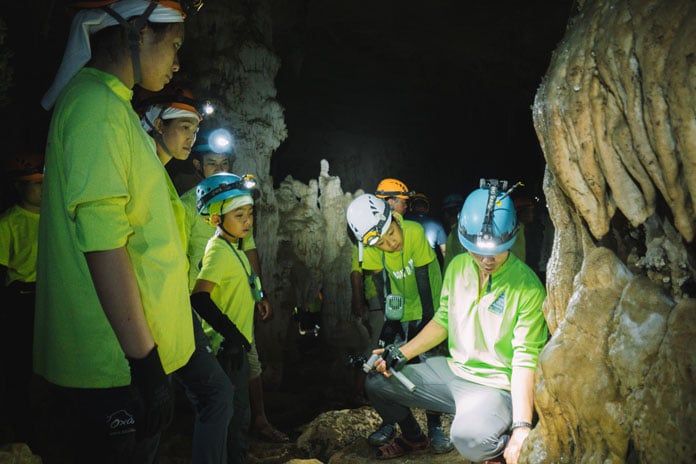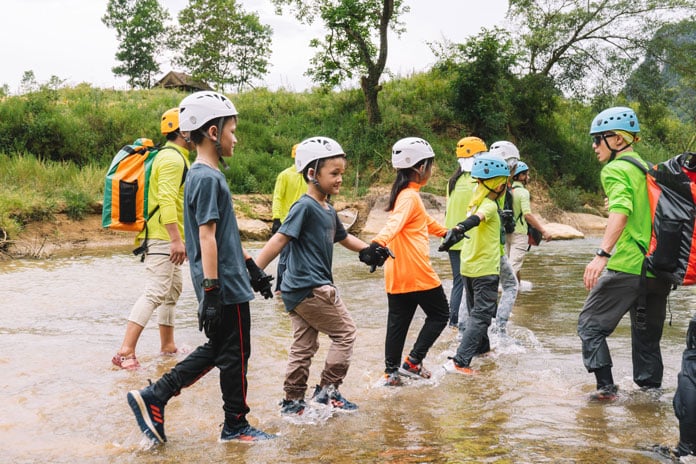Weather In Son Doong Cave And Phong Nha Area
Phong Nha-Quang Binh is located in the North of Central Vietnam, about 500 km south of Hanoi and 300 km north of Danang city. The weather in Phong Nha has four distinct seasons (spring, summer, autumn and winter). Son Doong Cave is located inside Phong Nha-Ke Bang National Park, which is why the climate and weather in Son Doong Cave is affected by the weather in Phong Nha. Because of the Phong Nha weather and to ensure the safety of customers, the Son Doong Expedition only runs from the end of January until the end of August every year.
Phong Nha from above. Weather is ideally for an adventure of a lifetime.
Climate and weather in Phong Nha
- Spring in central Vietnam starts from February and ends in April. In this season the weather in Phong Nha is getting warmer but is not too hot. When guests walk in the forest they may see many flowers blooming, especially in April and May. For some days in March, the climate of Son Doong Cave may get colder if there is a cold front moving down from the north. However, March is also the time when guests have a chance to observe the sunbeams shining deep into the cave.
- Summer usually from May until the end of August. These are the warm sunny months. Most of the tours will have sunny days and there will be days with outside temperatures above 36 to 37 degrees Celsius (96 to 98 degrees Fahrenheit). However, this temperature does not have much effect on the tour itinerary because two-thirds of the expedition journey is inside the cave, where the temperature is stable from 22 to 25 degrees Celsius (71 to 77 degrees Fahrenheit). Summer is the time guests often witness scenes of mist and clouds flying through the huge cave passage. During summer time, customers can enjoy swimming in the streams or underground lakes inside the cave.
- Autumn begins in September and ends in November. Phong Nha weather in this season has many tropical storms that can result in heavy rain which could lead to flooding for several days inside the forest or even inside Son Doong Cave. Son Doong is a river cave with a large underground river running through, therefore to ensure guests’ safety, Oxalis Adventure does not operate tours to Son Doong from September until the end of December every year. Though tours to some dry caves in the Tu Lan area and Hang Tien area, which are not flooded, may be available.
- Winter: starts from December and will end in late January of the following year. Phong Nha’s weather system in January will have some sunny days but also lots of cold rainy days. However, as guests will spend about two-thirds of the time exploring inside the cave, the weather will not be too cold, Oxalis also provides a winter sleeping bag to keep warm during the winter time. January and February are the best time to watch the sunbeams shine deep into the cave from the first doline. If you are lucky you may see the sunbeams shining continually for over an hour, and watch them cross the entire passage. During the winter months the air inside the cave is particularly clear and you can see the light of the doline from up to 1.5 kilometers away.
Weather inside Son Doong Cave
Son Doong Cave is well-known not only because it is the largest cave in the world but also for one other special feature. In spite of being affected by Phong Nha climate, Son Doong Cave has its own weather system and climate inside the cave. Son Doong Cave climate changes with the seasons and that can be seen when exploring Son Doong Cave.
Son Doong Cave Expedition Tour operates from January to August each year. The remaining months are closed to allow the cave to rebalance its ecosystem and ensure safety during the rainy and flood season in the deep forest. Each period within the year offers unique weather conditions and experiences. From January until April, the view in Son Doong is usually clear, the sunbeams shining through the collapse creating magical pictures. Weather in Son Doong may be a little chilly but the sun shining brightens up the cave. From June till August, Son Doong Cave clouds will appear (often seen looking towards the first campsite, Doline 1 and Doline 2). Due to the underground river inside the cave, the heat coming from the doline creates steam and mysterious clouds. During rainy days the weather inside will often be clear, however, there are some cracks and holes in the cave roof that allow water to enter Son Doong Cave and create magnificent waterfalls that are clearly seen at the campsites and dolines. The weather and temperature could change when crossing the dolines, but overall, the weather in Son Doong is quite cool even in summer. In winter, you may experience cool winds blowing through the cave. Thanks to the special weather and climate, guests can appreciate the changing seasons inside the cave. Depending on the departure date, Oxalis sales consultants will give our guests accurate information about the Son Doong Cave weather system so they can fully prepare with suitable clothing, to ensure everyone’s safety and the best of experiences.
The Oxalis Experience.
FAQs
- Does Son Doong Cave have its own weather system?
- Why does Son Doong Cave have its own weather and temperature system?
- Does Hang Son Doong Cave have its own climate?
- Does it rain in Son Doong Cave?
- How can a rainforest grow inside the Son Doong Cave?
- How did dolines form in the Son Doong Cave?
- Does Son Doong Cave have its own clouds?
- Why are there clouds inside Son Doong Cave?
- When is the most beautiful season to go to Son Doong?
Whether you prefer long treks, camping in a cave, sleeping under the stars in the jungle, swimming underground in river caves, explore the huge dry caves or just taking an exploratory day trip, Oxalis Adventure Tours can provide the right amount of adventure just for you.



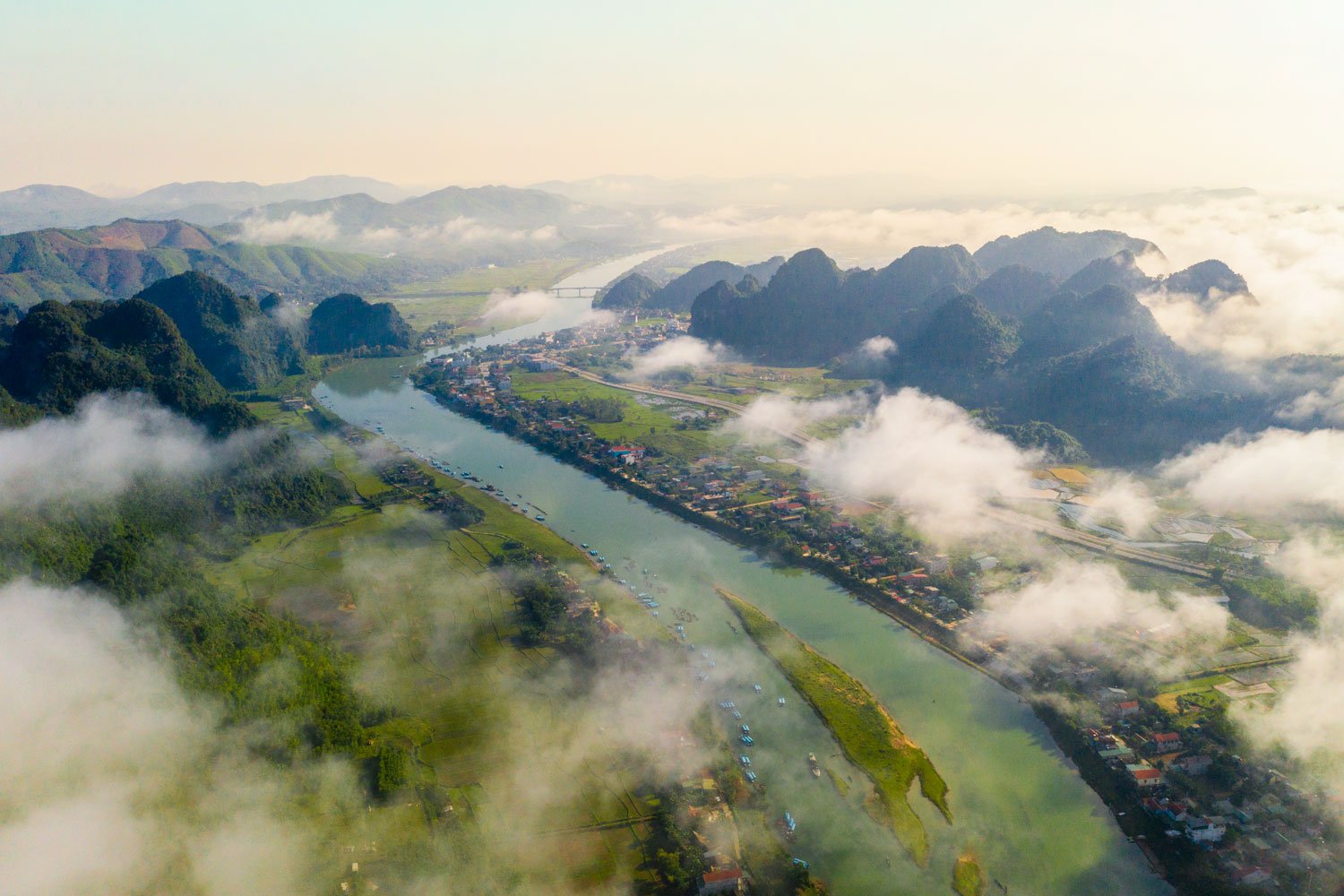
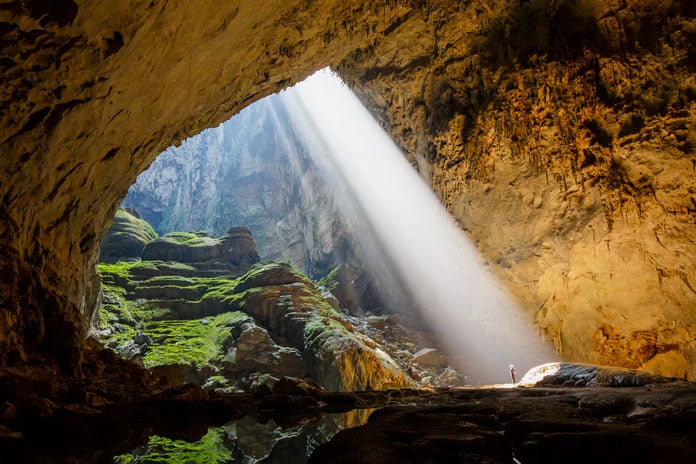
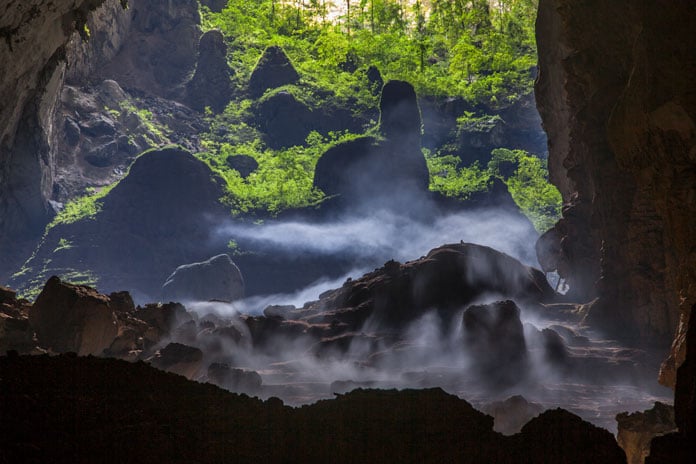
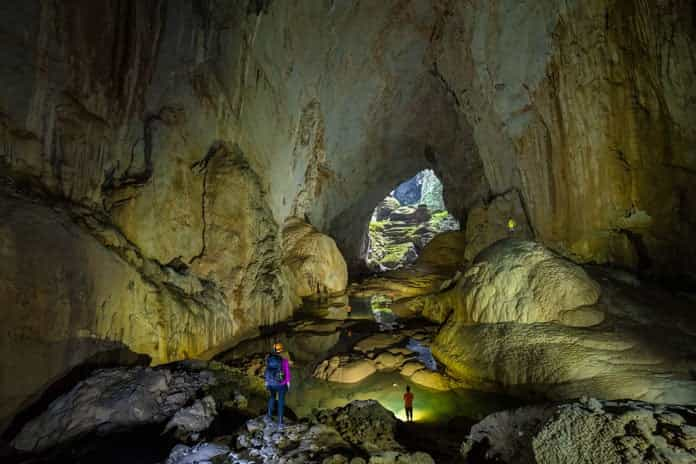
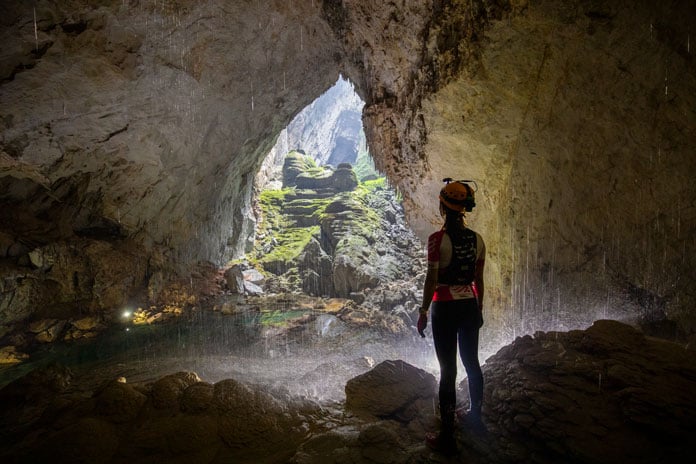
__637051765075307793.jpg)
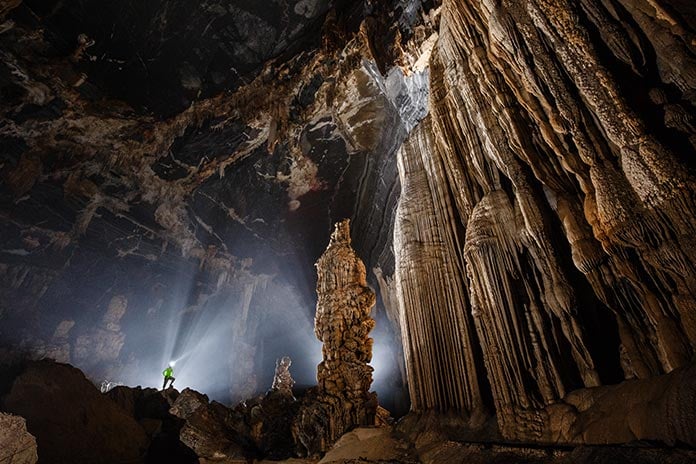
__637051782550081035.jpg)
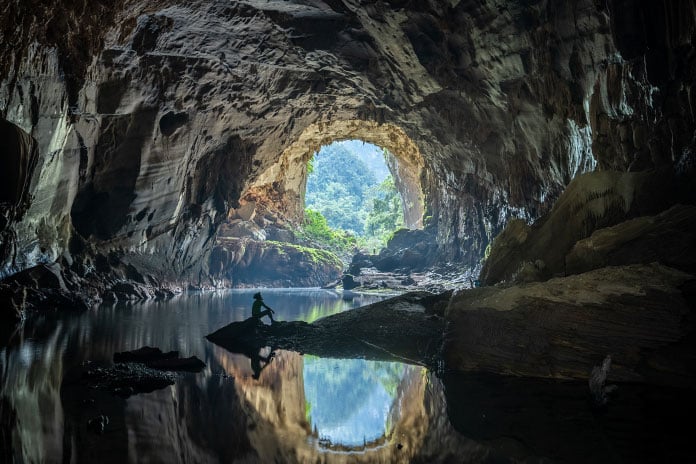
__637051777074859032.jpg)
__637051780703588520.jpg)
__637051781488596056.jpg)
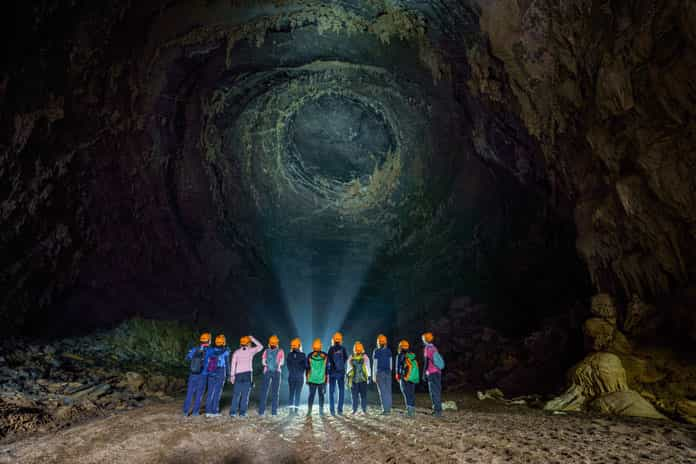
__637051767008903435.jpg)
__637051774329206026.jpg)
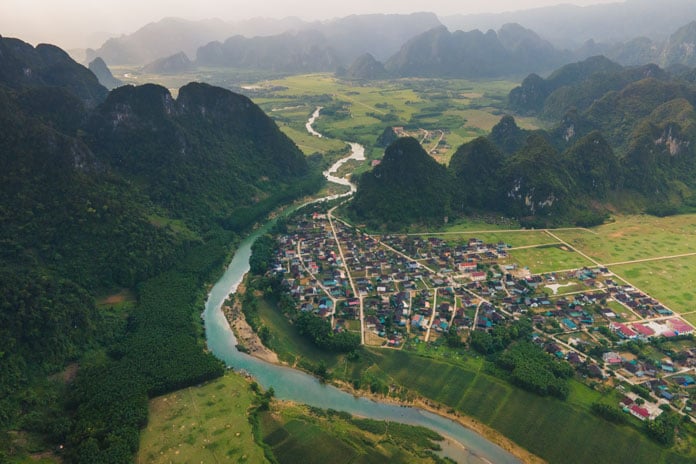
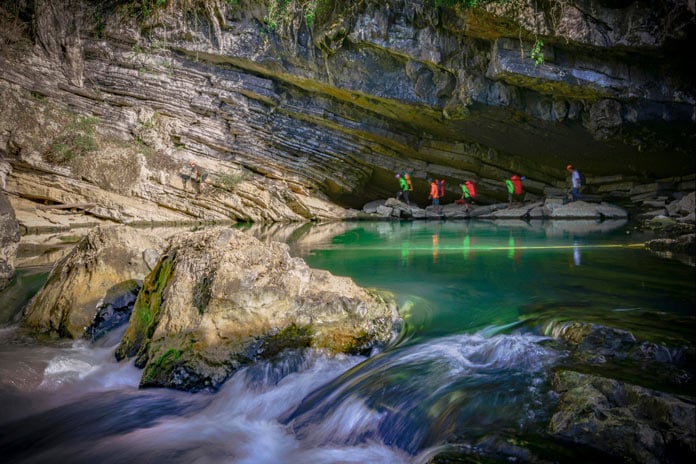
__637740499994967442.jpg)
